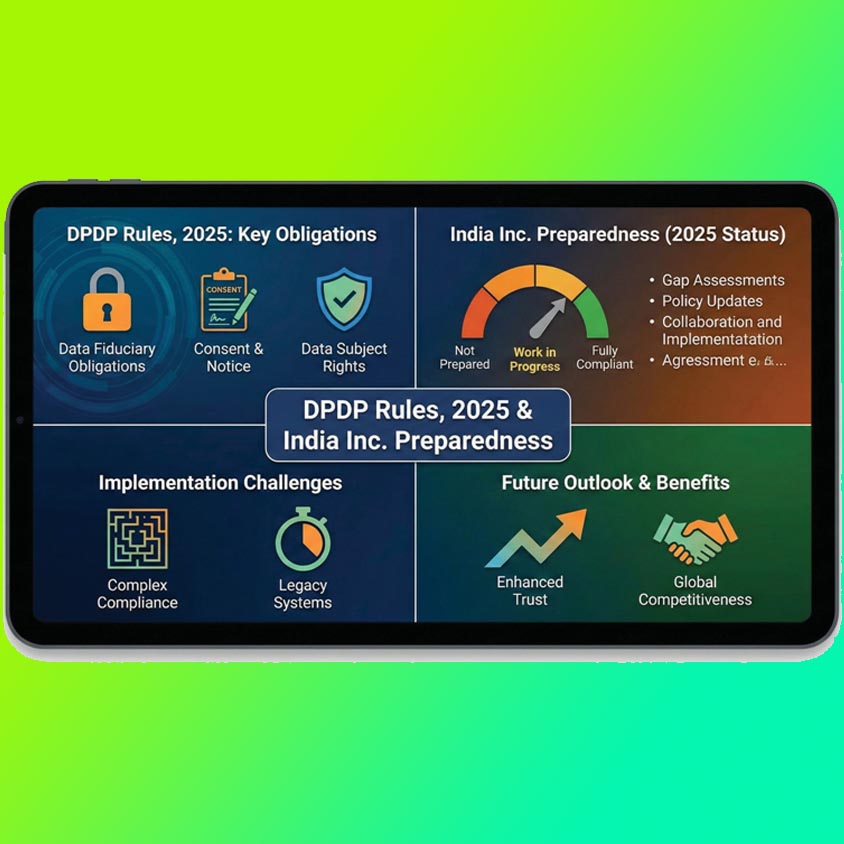
Google’s in-house machine learning (ML) network the TensorFlow claims to be blocking out additional 100 million spam messages every day from invading the privacy of its users by showing up in their Gmail inbox.
This is over and above the 99.9% spam, phishing and malware the company claimed to have blocked out as early as 2015. It was done by employing artificial intelligence (AI) apart from the traditionally used rule-based filters which block out only the most obvious spam.
These artificial neural networks modelled loosely after the neurons working in the human brain ensure that the legitimate or desired mail that inadvertently lands up in the users’ spam folders stays below 5% so that users do not miss out on any vital communication.
100 million spam messages blocked out every day sounds like a staggeringly high figure, but considering that there are more than 1.5 billion people using Gmail every month, it works out to only ONE extra blocked spam message per 10 users.
Why is Google so excited about this ‘achievement’ and announcing it to the world?
In 2012, Google claimed to have identified and blocked out 99% spam. And now an extra 100 million messages are getting blocked every day.
Neil Kumaran, product manager of Counter Abuse Technology at Google, points out that, “at the scale we’re operating at an additional 100 million is not easy to come by.”
How Does TensorFlow Work?
Launched by Google in 2015, TensorFlow has now become an integral part of its AI algorithms. This free machine learning platform allows developers to create AI tools which can then be put to use in many fields.
Admirers of this ML framework are impressed by its ability to seamlessly merge with Google’s other AI services, besides being appreciative of its flexibility and capacity to scale. This seamless integration with other services encourage Google users to ‘buy computing power from Google as well as off-the-shelf vision and speech algorithms.’
There is no one definition for ‘spam,’ and that what looks like a spammy message to one user might be a much-awaited mail for another one, and Google is fully aware of the fact. Hence, integrating TensorFlow with the existing Gmail framework has allowed the latter to personalize the spam filters more effectively.
“Personalization is possible with [machine learning] - [it does] a really good job of taking into account the users particular preferences,” said Kumaran.
Kumaran also drew reader attention to the fact that Google had been doing a commendable job at fighting scam for many years already. But with TensorFlow, Gmail can now look out for user signals to train their servers to learn what appears to be spam for each of them out there.
TensorFlow will now help Gmail users to get rid of emails with hidden embedded content, image-based spam and spam laden messages from newly created domains which getaway through the existing filters by managing to send very few messages within legitimated traffic.
Scammers these days are smart enough to apply obfuscation to prevent embedded text from being detected by optical character recognition (OCR) tools. Or else, they try misleading signature-based detection algorithms by using ‘nonsense’ words.
Given that 97% of people are unsuccessful with their attempts to detect phishing scam emails, the efforts of the Mountain View-based company to protect its users safe from cybercriminals are laudable.
This announcement by the company has come shortly after it made available the Password Checkup extension for Google Chrome users to alert them of the possibility of a data breach.
See What’s Next in Tech With the Fast Forward Newsletter
Tweets From @varindiamag
Nothing to see here - yet
When they Tweet, their Tweets will show up here.





























